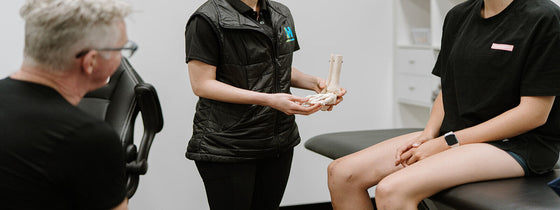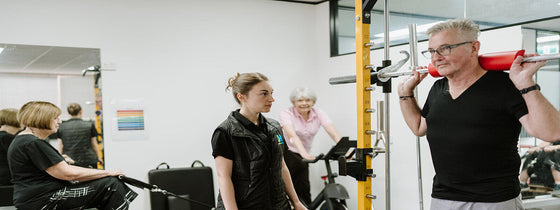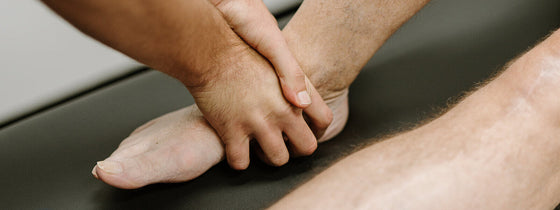People who play sports with explosive, powerful movements and endurance can often find themselves with a calf strain. The calf complex is made up of 3 muscles - the Gastrocnemius, Soleus and Plantaris. These muscles are vital when running and jumping and can be overlooked when training leg muscles. The most commonly injured calf muscle is the Gastrocnemius. This generally happens when running at high speed; when you increase your volume of running load; or, with acceleration and deceleration. Fatigue during a game or training will make you more likely to sustain a tear or strain. In football, calf strains and tears account for 13% of soft tissue injuries.
Symptoms include a sudden pull or sharp pain at the back of the lower leg. You may have trouble walking after a strain. The injured area could be tender and bruising or swelling may be present. A Physiotherapist can diagnose the severity of your strain. Calf injuries are classified as Grade I, II or III to indicate the level of muscle damage.
Every person will respond to recovery differently based on age, gender, previous injury history and lifestyle. That's why it's so important to work with a Physiotherapist to ensure a clear diagnosis and a patient-specific rehabilitation program. When managed incorrectly, calf strains have a huge rate of recurrence. A tailored physiotherapy plan will help you avoid re-injury and make sure you see a safe return to running and sport in the long-term.
Physiotherapists are your best bet when it comes to a custom calf strain rehabilitation program. In the early stage, the focus will be on symptom reduction. Once that is under control, you will work on strengthening, a return to jumping, hopping, running and, eventually, a return to sport

If you're experiencing back or neck pain with neurological signs and symptoms, a thorough neurological examination is crucial for accurate assessment and effective treatment. In this Optimal Tip learn more about what we mean by completing a neurological exam!

Squats, deadlifts, and calf raises are key movement patterns that should be part of every strength and conditioning program—regardless of age and activity level. These functional movements support joint health, improve posture and balance, and reduce the risk of injury while building strength where it matters most.

A ganglion cyst is a fluid-filled swelling that typically forms over a joint or tendon sheath, causing discomfort and pain, especially when pressing against nerves or joints. Proper assessment and treatment, including physiotherapy, are essential for managing symptoms and improving function in the presence of a ganglion in your hand, foot, or wrist.